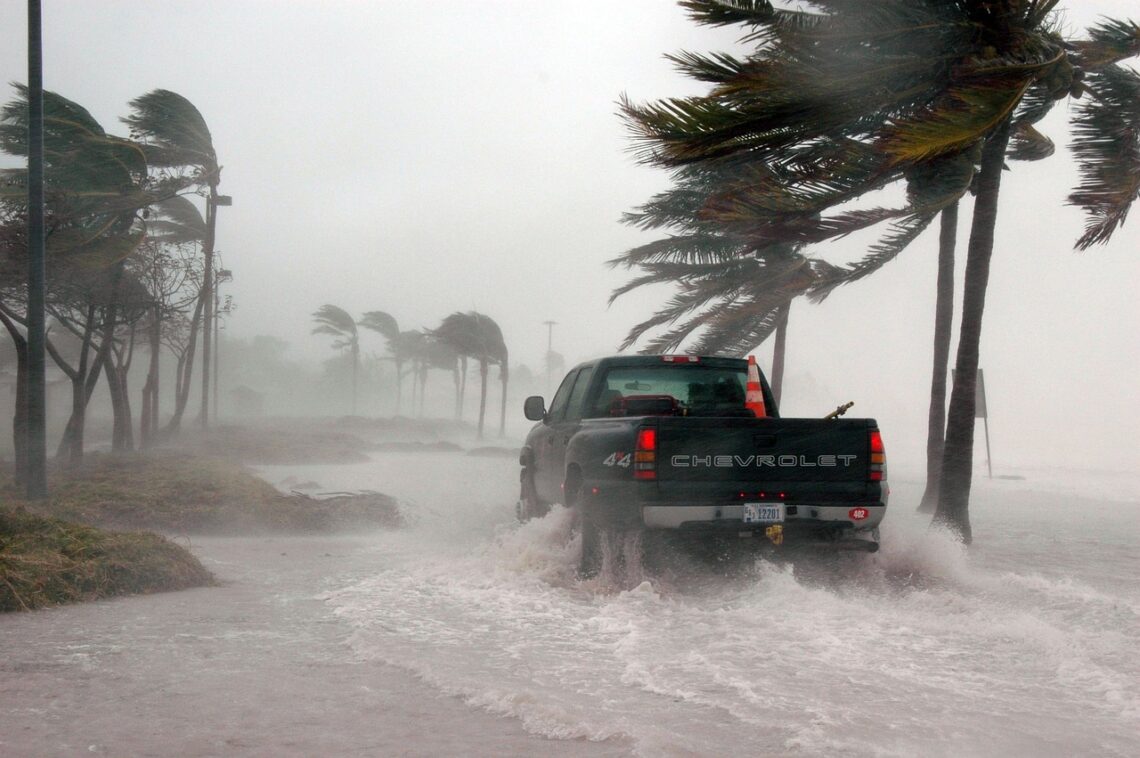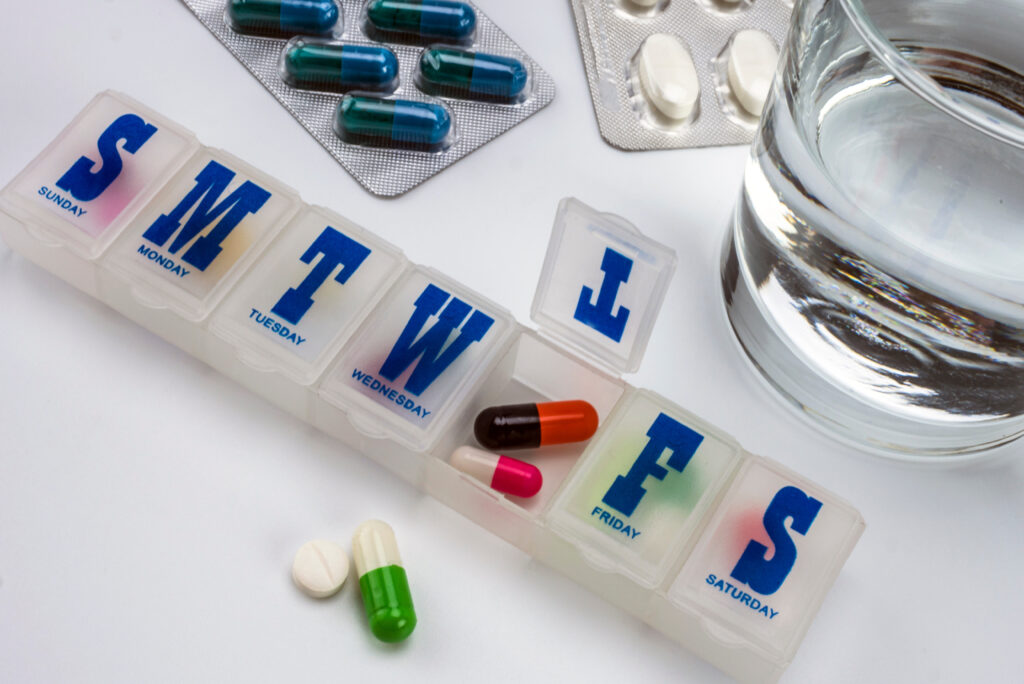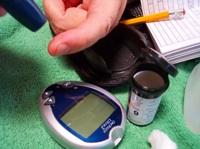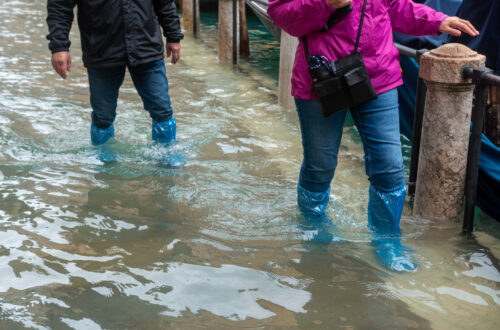
Are You Prepared for a Natural Disaster?
Over the past several months, the news has been filled with images of earthquake rubble in Turkey and Syria, flooding in Pakistan, hurricanes and tornadoes in the United States, extreme subzero temperatures in Canada and more. In the immediate aftermath of some of these, we see hundreds or thousands of deaths as bodies are pulled from the rubble. Yet many more suffer from illnesses and injuries that can lead to long lasting disabilities and premature deaths. Unfortunately, the physical dangers don’t end when the immediate disasters are over. Health risks can last much longer as communities try to salvage what they can and rebuild.
From broken water and sewage systems to terrified wild animals, survivors may be exposed to dangers they’ve never faced before. Infections, like influenza and cholera, can spread quickly in crowded shelters. People who walk around the disaster area can injure themselves by tripping on debris. They can cut themselves while trying to move things or be hit by material that may still be falling. Frightened pets and wild animals may be driven into unfamiliar territory and may bite.

Are You Prepared?
You never know when you may encounter a natural disaster. In 1998, my family and I were in Quebec’s infamous ice storm during which most of the province lost power. Some areas were without power and heat for more than a month. Thirty-five people died. Our house was heated with electricity and we couldn’t stay there. We couldn’t go to one of the city shelters because we had a golden retriever and two guinea pigs that we just couldn’t leave behind. So, we walked a few blocks over to my parents’ empty house (they were in Florida!) and we camped out next to a wood burning stove in their living room—the only room that hadn’t been taken apart for renovations. We did have running water and the pipes hadn’t frozen yet, so we were able to use the bathroom and use water for cooking. (Lucky for us but not so much for my parents, their pipes froze just after we went home.)
I have to admit, we didn’t have an emergency pack. Because we didn’t plan ahead, we had to scramble to find what we needed, like my children’s asthma medications, cash, candles, and batteries, and pack what we could.
It turned out that my parents’ whole house seemed to be one big emergency kit. Having lived through the war in the Netherlands as children, they were obsessed with storing foods and supplies in a large room-sized cupboard they called their emergency “voorraad,” or stock. We found just about any non-perishable food we could want. They also had some great food in the freezer that had to be eaten. Steak anyone?
When we returned home, we learned that waterbeds don’t freeze completely — they become slush beds!
More recently, in 2019, my daughter and her partner were in Tokyo, Japan, during Typhoon Hagibis and a 5.7 magnitude earthquake. More than 50 people died in the typhoon. My daughter and her boyfriend were fine. It was their last day in Japan and they were staying in a large hotel for their flight home the next day. As a result, when the building started shaking, they were able to grab their go-bags that were already packed.
Although the bottom of the hotel was flooded, the rooms were safe and they stayed put until they got on the plane to come home.
Emergency packs or kits
If you have a chronic illness, like asthma or diabetes, having an emergency medication supply is vital. The medications should be kept in an identifiable container and easy to reach. Each medication’s expiration date should be marked clearly and should be checked routinely.. Consider scheduling a day to review your emergency pack each month so you can replace any medications or other supplies that have expired.

Using the American Diabetes Association as an example, they recommend that people with diabetes consider storing at least one week’s worth of supplies. These could include:
- Insulin
- Insulin delivery supplies, either needles and syringes or equipment for pumps
- Test supplies
- Batteries for meters or pumps
- Oral medications (for people with type 2 diabetes)
- Quick-acting glucose
- Glucagon emergency kit

Regardless of your health status, you still need an emergency kit to help you manage any immediate problems and some that may pop up. There are some basics that everyone should have, but individual circumstances may add extra things to your kit.
According to Ready.gov, a standard emergency kit for everyone should include water, non-perishable food, a first aid kit, and more. If you’re unsure of how long you need to prepare for, here is a simple phrase to help you remember: The brain can’t go 3 minutes without oxygen, 3 days without water and 3 weeks without food. Wilderness training states that in an emergency, priority should be safe shelter, then water, then food.
Here is the list as per Ready.gov:
- Water – about 1 gallon per person per day for several days. Sealed water should be replaced every 6 months.
- Food – at least several days of sealed foods that provide protein, such as granola, dried fruits, canned juices, and more. Check the expiration dates and replace as needed.
- Battery-powered or hand crank radio and an NOAA Weather Radio with tone alert
- Flashlight
- First aid kit
- Extra batteries
- Whistle (to signal for help)
- Dust mask, like KN95 ones (to help filter contaminated air)
- Surgical masks for protection if in a crowd or group to reduce the risk of respiratory infections
- Plastic sheeting and duct tape if you have to shelter in place
- Moist towelettes, garbage bags and plastic ties (for personal sanitation)
- Wrench or pliers to turn off utilities
- Manual can opener
- Local maps
- Cell phone with chargers and a backup battery
This may seem like a lot of stuff and storage might be an issue. A large sturdy bucket can hold many of the supplies and can double as a latrine if that ever becomes necessary.
Other supplies you may consider:
- Copies of important documents
- A supply of cash
- Prescription medications (monitoring expiration dates)
- Sleeping bags
- Extra contact lenses or a spare pair of glasses
- Clothing
- Fire extinguisher
- Protected matches
- Eating utensils (camping kits, for example)
- Paper, pens/pencils, activities for children
- Diapers
- Infant formula, extra bottles, baby food
- Pet food and a container (plan on extra water too)
- Clean rags
- Garbage bags
The list is extensive, but being prepared can mean the difference between staying safe and having to scramble for supplies when everyone else around you is as well.
Disclaimer
The information in this blog is provided as an information and educational resource only. It is not to be used or relied upon for diagnostic or treatment purposes.
The blog does not represent or guarantee that its information is applicable to a specific patient’s care or treatment. The educational content in this blog is not to be interpreted as medical advice from any of the authors or contributors. It is not to be used as a substitute for treatment or advice from a practicing physician or other healthcare professional.


